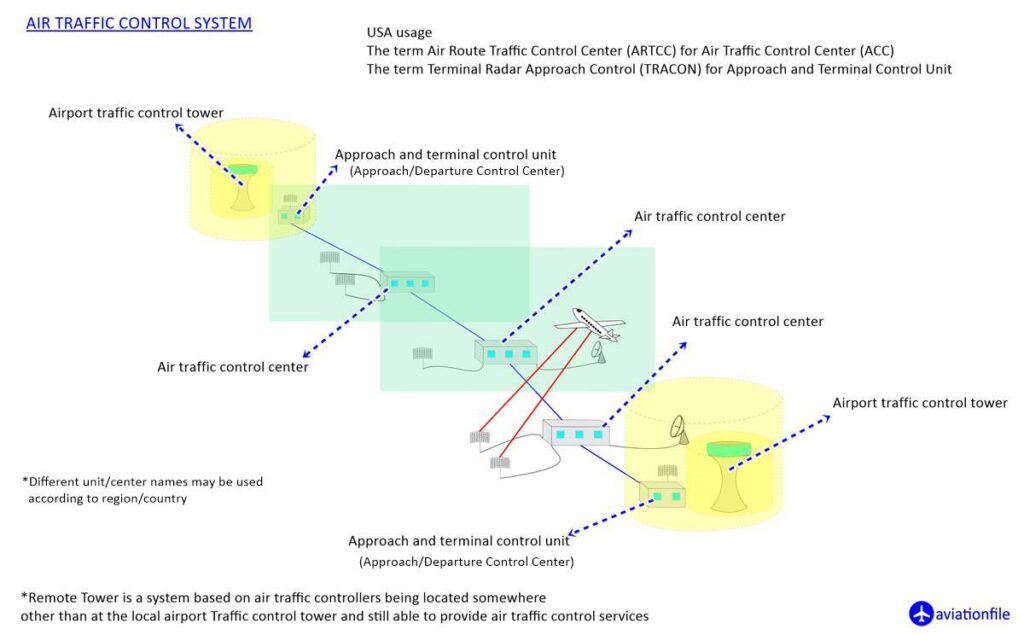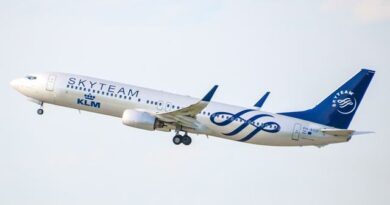Technological Differences between Aviation in Developed Countries and Less Developed Countries: Global Implications
Aviation plays a crucial role in connecting people, facilitating trade, and driving economic growth worldwide. However, the level of technological advancement in the aviation industry varies significantly between developed and less developed countries. This article explores the technological disparities between aviation in developed countries and less developed countries, as well as the global impact of this situation.
Infrastructure and Airports
In developed countries, aviation infrastructure and airports are often equipped with state-of-the-art technologies. They boast modern runways, advanced air traffic control systems, and efficient passenger processing mechanisms. These airports typically have cutting-edge security measures, streamlined check-in processes, and advanced baggage handling systems. On the other hand, less developed countries may struggle with outdated facilities, limited runway capacity, and inadequate navigation aids. Such disparities can lead to inefficiencies, longer wait times, and compromised safety standards in less developed countries.
Aircraft Fleet
Developed countries have a fleet of technologically advanced aircraft, including the latest models with enhanced fuel efficiency, reduced emissions, and advanced avionics systems. These aircraft offer improved passenger comfort, better safety features, and increased operational efficiency. In contrast, less developed countries often rely on older and less fuel-efficient aircraft, which may have limited range, higher maintenance costs, and lower safety standards. Outdated aircraft contribute to increased fuel consumption and emissions, impacting the environment on a global scale.
Air Traffic Management
Developed countries employ advanced air traffic management systems, such as satellite-based navigation (e.g., GPS) and data-link communication. These systems enhance aircraft positioning accuracy, improve communication between pilots and air traffic controllers, and enable more efficient routing. In contrast, less developed countries may lack these technologies, relying on conventional ground-based systems that are more prone to errors and inefficiencies. This disparity can lead to air traffic congestion, delays, and suboptimal routes, affecting the global aviation network.

Safety and Maintenance
Developed countries prioritize safety and maintenance in their aviation industry. Rigorous safety regulations, advanced maintenance practices, and comprehensive training programs ensure high safety standards. They have robust incident reporting systems, thorough inspections, and stringent quality control measures. However, less developed countries may face challenges in maintaining the same level of safety due to limited resources, inadequate training, and outdated practices. This situation can pose risks not only to the local aviation sector but also to the global aviation network.
Global Impact
The technological differences between aviation in developed and less developed countries have far-reaching implications on a global scale. Some of the key impacts include:
Safety Concerns: Inadequate safety measures in less developed countries can potentially compromise the overall safety of international air travel.
Environmental Impact: Outdated aircraft and infrastructure in less developed countries contribute to higher fuel consumption, emissions, and environmental degradation. further reading; green airports.
Economic Disparities: Unequal access to advanced aviation technologies can perpetuate economic disparities between developed and less developed countries, hindering economic growth and opportunities for trade. further reading: Aviation in Burundi.
Global Connectivity: Technological disparities can limit connectivity between regions, impeding tourism, trade, and cultural exchange.
Aviation Industry Development: Bridging the technological gap can promote the development of the aviation industry in less developed countries, fostering economic growth and improving regional connectivity.
Addressing the technological differences between aviation in developed countries and less developed countries is crucial for achieving a more equitable, efficient, and sustainable global aviation network. It requires collaborative efforts, investments in infrastructure, knowledge transfer, and capacity building. By bridging the gap, we can ensure safer air travel, reduce environmental impact, and promote inclusive growth in the aviation industry worldwide.
References:
- International Civil Aviation Organization (ICAO). (2021). Aviation Benefits Report.
- Airports Council International (ACI). (2021). World Airport Traffic Report.
- Federal Aviation Administration (FAA). (2020). Aviation System Block Upgrades.
- International Air Transport Association (IATA). (2021). IATA Safety Report.
- United Nations Conference on Trade and Development (UNCTAD). (2021). Review of Maritime Transport.


